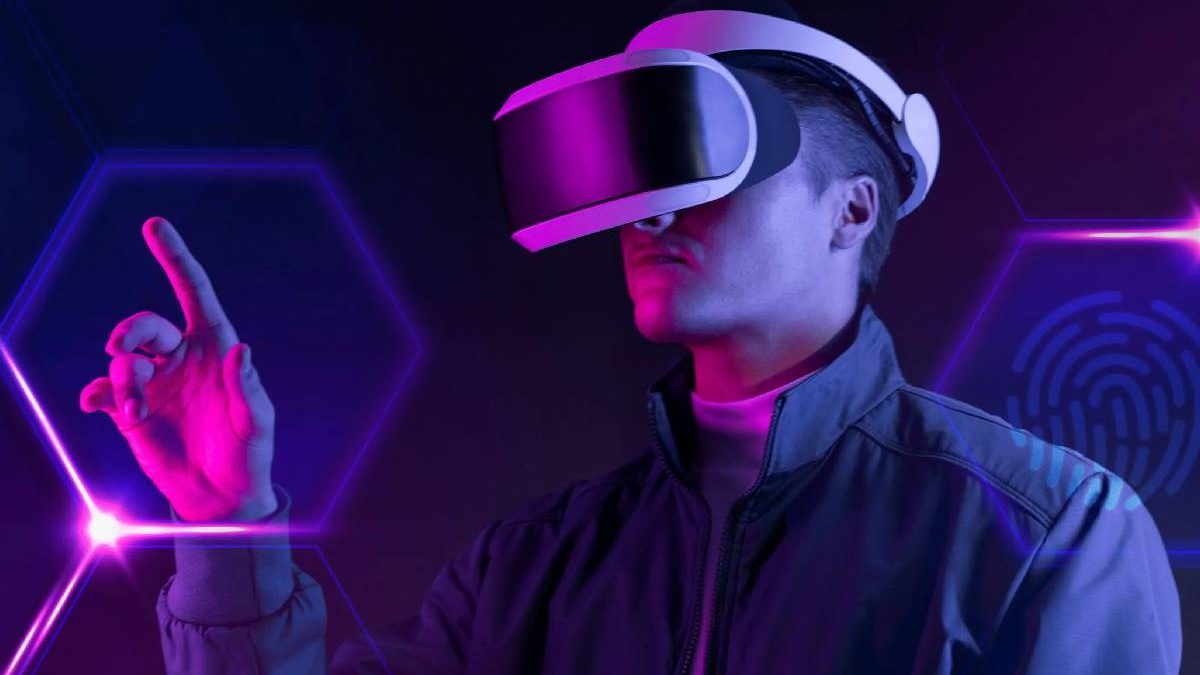virtual Reality
What is Virtual Reality?
Virtual Reality (VR) is a virtual environment with genuine scenes and objects, immersing users in their surroundings. This environment remains perceived as a device known as a Virtual Reality headset or helmet. VR allows us to dip ourselves in video games as if we were one of the characters, study how to perform heart surgery, or advance the quality of sports training to maximize performance.
Although this may seem highly futuristic, its origins are not as recent as we might think. Many people reflect that one of the first VR plans was called Sensorama, a machine with a built-in chair that played 3D movies, gave off odors, and generated vibrations to make the skill as vivid as possible. The creation dates back as far as the mid-1950s. In the following years, technological and software developments brought a progressive evolution in devices and interface design.
The Future of Virtual Reality
VR is one of the machineries with the uppermost projected potential for evolution. According to the newest forecasts from IDC Investigate (2018), investment in VR and AR will multiply 21-fold over the following four years, reaching 15.5 billion euros by 2022. In count, both technologies will be key to companies’ digital transformation devices, and their spending in this area will surpass that of the customer sector by 2019.
Different types of virtual Reality
There are numerous different types of Virtual Reality, including fully immersive VR, where the user remains completely immersed in a cardinal environment; semi-immersive VR, which suggests a more limited immersive experience; and non-immersive VR, which uses a PC screen or projection organization to display a 3D environment without the user existence fully immersed.
None-immersive VR: None-immersive VR only permits minimum interaction with the digital environment. Classic samples are video games or a driving simulator in a driving school.
Immersive VR: In an entirely immersive VR, users observe only the virtual environment. There is no fixed point of position in the real world during use. Currently, fully immersive VR knowledge remain found primarily in the gaming industry. Extraordinary facts such as glasses, gloves, treadmills, or sensory detectors remain used here. They all contribute to making the digital environment seem real. What is virtual Reality and what is the actual environment cannot be answered theoretically in such a setting
Semi-immersive virtual Reality: In semi-immersive VR, digital mechanisms overlap real objects. The effect is that these virtual elements can remain used similarly to real objects. This makes semi-immersive VR ideal for instructive purposes. Typical examples are pilot training or the deepening of technical skills.
Augmented Reality: Augmented Reality is also a process of virtual Reality. The main variance between the two approaches is how developers realize that both worlds overlap. A well-known example of the use of AR is the so-called smart glasses. For instance, this tool allows employees to contact real-time data in warehouses.
Mixed Reality: Mixed Reality syndicates the physical and virtual worlds. It is a unique form of augmented Reality but remains increasingly used in advertising. This technology makes it possible to visualize people or items authentically.

